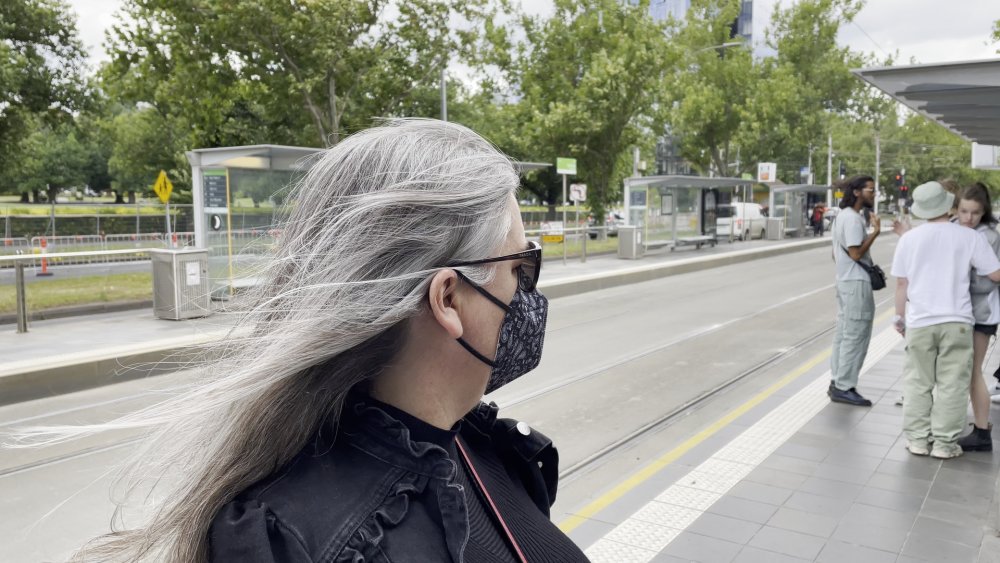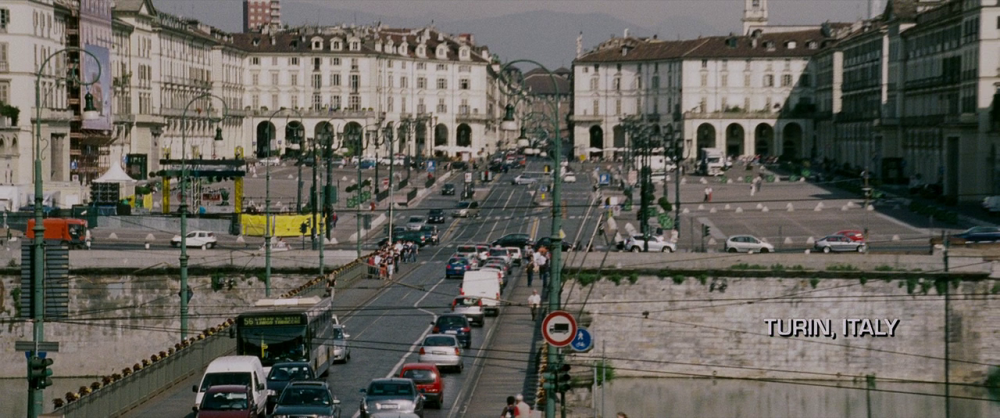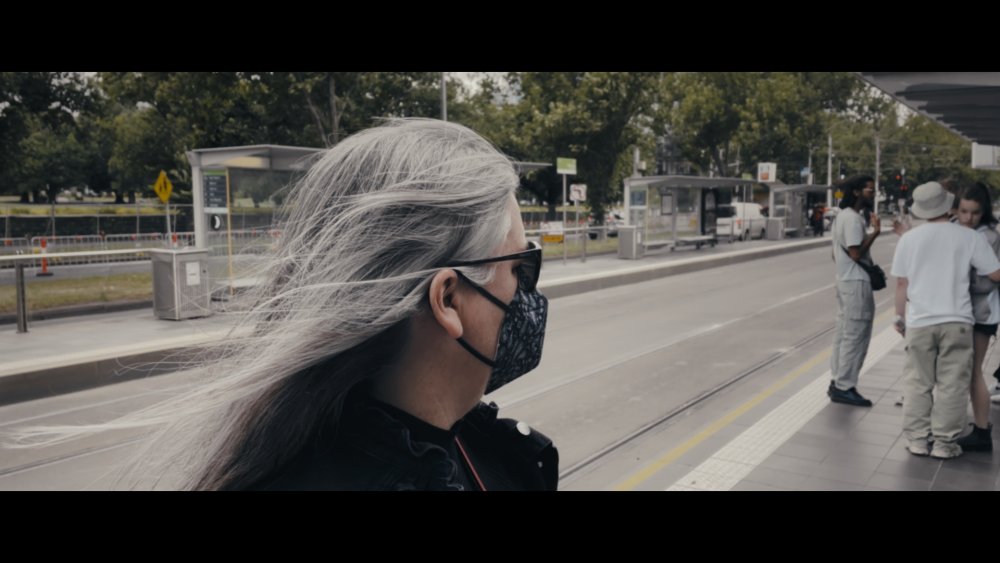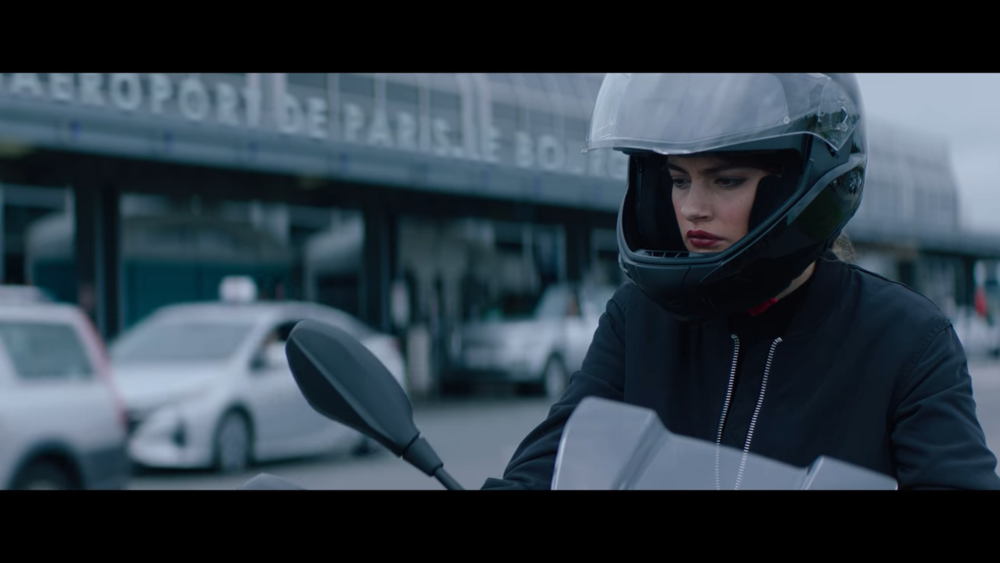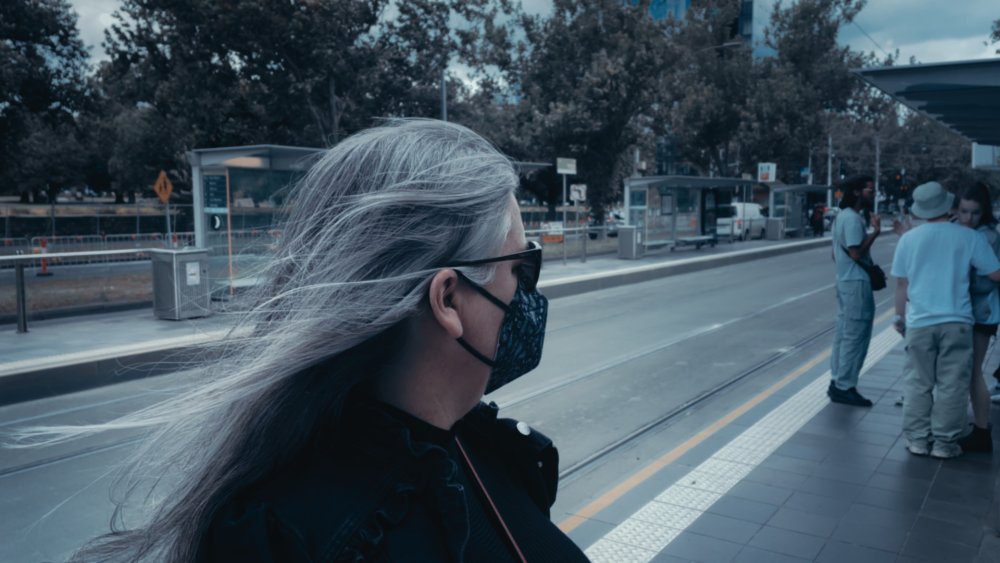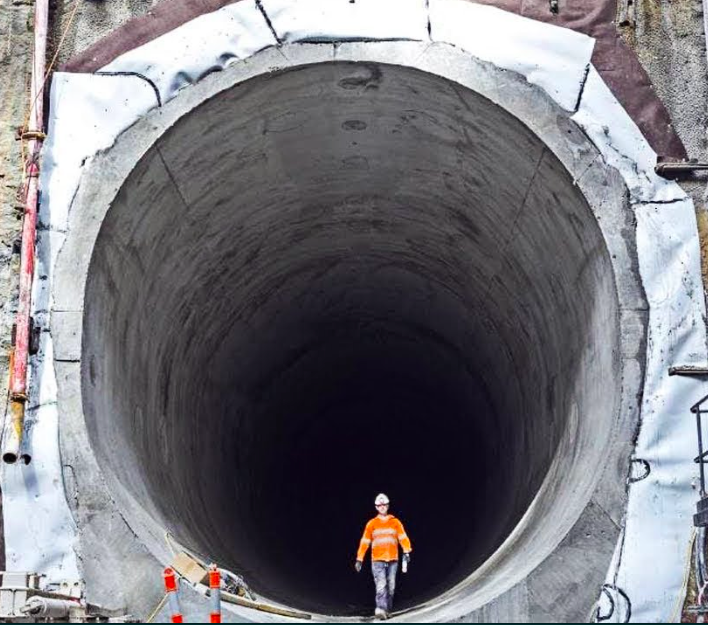Leaderboard
Popular Content
Showing content with the highest reputation on 10/01/2023 in all areas
-

The great 8K debate. Why I have changed my mind
ntblowz and 2 others reacted to Matt Kieley for a topic
I would probably only use high resolutions (4K and up) for projects with a heavy amount of VFX which is where I would find the ability to scale and reframe useful. Or if I specifically want that super crispy look. In term of visual quality FHD and 2K are more than adequate for narrative films. Most movie theaters are only projecting 2K DCP. 35mm film prints were only about as sharp as 720p. I even kinda prefer a softer look, and I suspect a lot of others do considering how many people use high res raw shooting cinema cameras, and put vintage lenses and diffusion filters on them. Many of my favorite films are shot on 16mm, and I've always loved that soft, grainy look. I'm a big fan of/greatly respect David Fincher, who uses the highest resolution cameras he can for more flexibility. I personally don't like shooting this way. I prefer to have less flexibility in post. I get optional paralysis and would be too tempted to keep tinkering and tweaking endlessly when the options are limitless. It's easer to force my choices in production because the options and time are limited enough to allow me to make some snap decisions, or to force other decisions. I'd rather get the look I want in-camera. I'm more interested in seeing how upscaling software will advance. The martial arts action film The Raid, which was shot on the Panasonic AF100 (remember that camera??) is being upscaled/remastered in 4K and the frame grab samples released by the director look good.3 points -
I just saw the film in a good theater. Not Imax but latest technology. I believe that, before continuing to puzzle over the whys and wherefores, one should see it 🙂 Long story short: There is so much CGI that having Atlas Mercury and P+S Technik lenses AND a good DOP, the film could have been shot with a GH2 🙂 No Spoiler The plot is not bad and the movie is not bad. IMHO if you like sci-fi, it deserves to be seen if only for not being yet another Marvel crap or third-hand Star Wars junk. The script occasionally swerves but I can live with that. There are scenes without CGI, of course but the cinematography is nothing much. IMHO the real beauty are the CGI scenes and the worlds imagined by the designers. Some of the landscapes are really striking. The futuristic Nepalese Buddhist temples are outstanding. I haven't seen such fascinating landscapes since the second Blade Runner. They reminded me of some of the gems among the DUST channel shorts. By comparison, the sets of the various Star Wars spinoff series are South American soap operas. Bottom line: perhaps we underestimate the quality that the cameras we keep in the drawer (in the right hands) can express.2 points
-
Looks like a S16 GH5 II to me. That is a compliment. Skintones gave away that it is not a highend camera but the current flagship iphone. Seems like that nasty sharpening is absent.2 points
-
Looks like ready for prime time:2 points
-

Tracy Choi... a promising film talent
fuzzynormal and one other reacted to Emanuel for a topic
I've worked with a film director Chinese-Portuguese from Macau I simply find unique, even though to come to my mind another one from past also 'cause the way they work with female characters: https://wolffianclassicmoviesdigest.wordpress.com/2019/07/07/george-cukors-way-with-women/ I invite everyone of you to pay attention to her career... here is her most recent motion picture released in China these days (September 28, 2023), more specifically Hong Kong production -- where she got her master's degree after graduated from Taiwan: Her debut as director is this one: https://www.cgiii.com/trailers/item/sisterhood2 points -
Seems a game changer in fact : ) Just wondering if LOG gets rid of all that nuisance...1 point
-
1 point
-

Will The Creator change how blockbusters get filmed?
Andrew Reid reacted to MrSMW for a topic
I’ve just ordered 68 units. And a pig.1 point -

Will The Creator change how blockbusters get filmed?
kye reacted to Andrew Reid for a topic
16bit RAW -> ProRes RAW then? That is probably one of the main reasons it holds up so well with decent colour science as the RAW will pretty much bypass Sony's colour science in-camera. Do you know if the FX3 supported open gate or 4:3 anamorphic mode (AFAIK they added anamorphic mode, desqueeze only later) https://www.dpreview.com/news/2260102234/sony-adds-dci-4k-24-and-anamorphic-support-to-fx3-and-fx30 Yeah maybe, although Canon has plenty of traction in rental, broadcast and in videography they're not up there with Sony, ARRI and RED at the top end of filmmaking. C700 was a big failure.1 point -
I'm curious to hear how it holds up on an IMAX screen too - keep us informed. The link that @ntblowz shared has lots of info: "the filmmakers use the Atomos Ninja V+ as an onboard ProRes Raw recorder" "75mm Kowa 2x anamorphic lens with a prototype of the Atlas Mercury 42mm as a backup for the small spaces where the 75mm was too tight" TBH, the choice of the FX3 could have been as simple (and uninformed) as simply being that they are aware of ARRI, RED, and Sony (through the Venice) and looked at their cine lineups to find the smallest cinema camera, but never evaluated Panasonic or Fuji because they were simply unaware of them. Sometimes a lot of these industry heavyweights can be just as dogmatic about their favourite brand and just as naive / hoodwinked by rumours / misunderstandings / marketing as the worst camera fanboys/fangirls online.1 point
-

Will The Creator change how blockbusters get filmed?
PannySVHS reacted to Andrew Reid for a topic
Ah yes the democratic filmmaking movement of an $80m budget! The FX3 on this film is interesting but no revolution. His main innovation (Edwards) is in CGI, he was doing it for a long time in TV at the BBC and knows how to get decent results with less people, less money. I will be interested to see how the FX3 image holds up on an IMAX screen as well. I can't seem to find anywhere confirmation of whether they shot 16bit raw to the Atomos or the internal codec? As the form factor of the FX3 as they rigged it up with wireless FF, big battery, external recorder, cine lens, matte box is a moot point. Smallest body they could find, but for no real utility. In terms of the image, a number of alternatives to the FX3 exist too. The S1H has better colour science and better resolution. The Sony a1 has better resolution and is better for run & gun bare bones indie filmmaking due to the built in EVF and the 8K 520Mb/s internal codec. The GFX 100 II would have got closer to the aesthetics of 65mm for IMAX and the Nikon Z9 would have looked great with internal RAW and again more resolution to play with than the 12 megapixel 4K on the FX3. Was the movie shot anamorphic? How did they cope with the FX3's lack of anamorphic / open gate mode prior to the April 2023 firmware update?1 point -
Fuji GFX 100 II official launch
kye reacted to Attila Bakos for a topic
Thank you, the smoothing is there, no doubt about it.1 point -
Another one, this time a shot from one of the Jason Bourne films, I think this was the second one, which was shot on Kodak Vision 3 and printed on Kodak 2383. Reference image: iPhone grade: iPhone (ungraded): I'm not so happy with that one, but the subject matter was a lot more different, with the reference shot being in full sun and the iPhone image being overcast and also containing a lot of different hues. The road in the reference image is asphalt and is slightly blue in the image, whereas the "road" in the iPhone shot is actually tram tracks and concrete, not asphalt. Still, there was something in the green/magenta/yellow hues that I couldn't quite nail. Oh well. That's those HDR images from the iPhone - you have no creative control over them. If only Apple had given me a slider for saturation, sharpening, and other controls, those would have matched the look of S35mm film and Cooke lenses perfectly 😉1 point
-
A bit more playing around with what is possible from my HDR iPhone 12 images... Reference image from the move Ava (2020): iPhone grade: iPhone (ungraded): It's not perfect, but without having them next to each other it's not terrible. I couldn't find what camera Ava was shot on, but I did find that it was shot with Panavision anamorphics. No doubt that is a contributing factor to why my iPhone shot doesn't match the exact look of the movie lol.1 point
-
Remember before when I said that colour grading knowledge is lacking? This is a far deeper subject than I think you're aware of, and the comments from the guy in the video are so oversimplified that they're closer to being factually incorrect than they are to just being misleading. I've been studying the "video look" because I hate it and want to eliminate it as much as possible in my own work, and you're right that over processing images will contribute to this, however that's not what the guy was saying. He said that shooting HDR gives you no "creative control over the image", which is patently false because you can get it in post. When grading any footage, regardless of the camera, there are a number of standard operations you would apply to it, and you apply all the same treatments to LOG and HDR images. I have a testing timeline where I am developing my own colour grading tools and techniques, and it contains everything from HDR iPhone footage to 709-style GX85 footage, to HLG GH5 footage to LOG XC10 footage to RAW and Prores footage from the OG BMPCC and BMMCC, to ARRI and RED RAW 8K footage. I apply a custom transform to each of them to convert them into my working colour space (which is Davinci's LOG space) and then I apply a single default node tree to all clips, regardless of which camera they came from, and then I grade all the clips in one sitting. I have done this process dozens of times. The HDR profile from the iPhone is approximated pretty well by a rec2020 conversion. In that sense, it's in a colour space just like any other footage. Do I grade the iPhone footage "differently" to the other footage? Yes, and no. I still apply the same adjustments to each clip, adjusting things like: White balance Exposure and contrast Saturation Black levels and white levels Specific adjustments to things like skin tones, colour of foliage and grass, etc Power windows to provide emphasis to the subject, usually lightening and adding contrast Removing troubled areas in the frame like anything that stands out and is distracting Texture adjustments like sharpening / softening / frequency separation Adding grain That stuff all sits underneath an overall look, which will be based on a CST or a LUT, as well as up to a dozen or so specific adjustments which are too complex to explain in this post. Does the iPhone footage "feel" different when being graded? Sure, but the XC10 and GH5 and OG BMPCC all feel more different to each other than the iPhone does. TBH it feels more like in the middle than the other cameras, and similar to the GH5 and GX85. Is it harder to grade because I'm having to overcome all the baked-in stuff? It's probably not as difficult to grade as the XC10 footage, and that's shot in C-Log, which is a proper professional LOG profile. The RAW stuff is easiest to grade. What you might not be aware of is that all the different forms of RAW also feel different. Different scenes feel different too, even from the same camera. Can you make iPhone footage look as nice as ARRI footage? No. Definitely not. But you won't be able to make the Apple LOG footage look like that either. Can you have "creative control over the image". Absolutely. You have no idea how much control you can have over the image. Apple LOG does give you more "creative control over the image", but compared to the creative control you have by even learning the basics of colour grading, the difference is minimal. The only people who have no "creative control over the image" are people that have no colour grading ability. The ironic thing is that by applying a LUT designed by someone else, you have less effective creative control than you had before you applied it. Going back to the "video" look that over processing the image gives, I have become very sensitive to it and see it online in almost all free content. It is present even on videos shot on high-end cinema cameras. The only places it is almost completely absent is on high-end productions on streaming services and in the cinema.1 point
-
Ah, now I understand... He's a LUT peddler! This is an AD!! He doesn't want you to settle for the baked-in look from Apple that gives you no "creative control over the image" - he wants you to buy his LUT and the fact that it gives you no "creative control over the image" doesn't matter - he has money in his pocket so it's ok! Designing LUTs is hard and lots of skills are required - if he can't grade HDR footage then he falls well short of any standard.1 point
-
Looking at those stills close up they seem to have a nice noise structure which is actually quite filmic / organic. You can definitely tell it's RAW and not sharpened in-camera. I had the same experience with my Canon 700D when I installed Magic Lantern. Using the compressed modes was awful because the noise from the sensor (which was a lot) was awful when compressed, but in RAW it had a rather pleasing aesthetic.1 point
-
1 point


